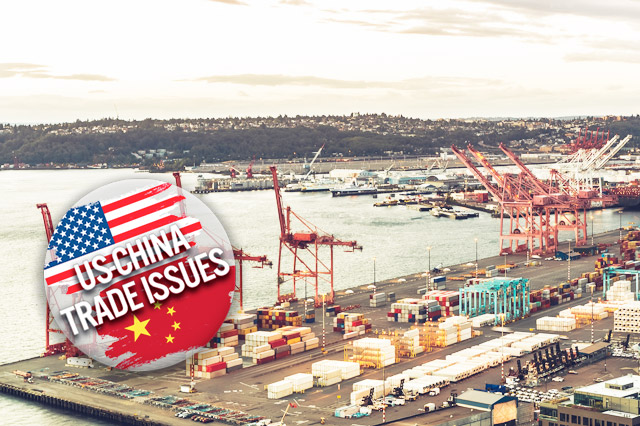
DIpil Das
On May 5, 2019, US President Donald Trump threatened to increase tariffs on $200 billion worth of Chinese goods from 10% to 25% on May 10, and impose 25% tariffs “shortly” on an additional $325 billion worth of Chinese goods, in a Twitter message. The president said in another tweet that that trade talks with China continue, but complained that the talks are progressing too slowly as China “attempts to re-negotiate.”
The US imposed the following tariffs in 2018:
- 25% tariff on $50 billion of high-tech goods, including machinery, aerospace, robotics and IT in July and August of
- 10% tariff on $200 billion of Chinese goods in September 2018, including chemicals, building materials, furniture and some consumer electronics.